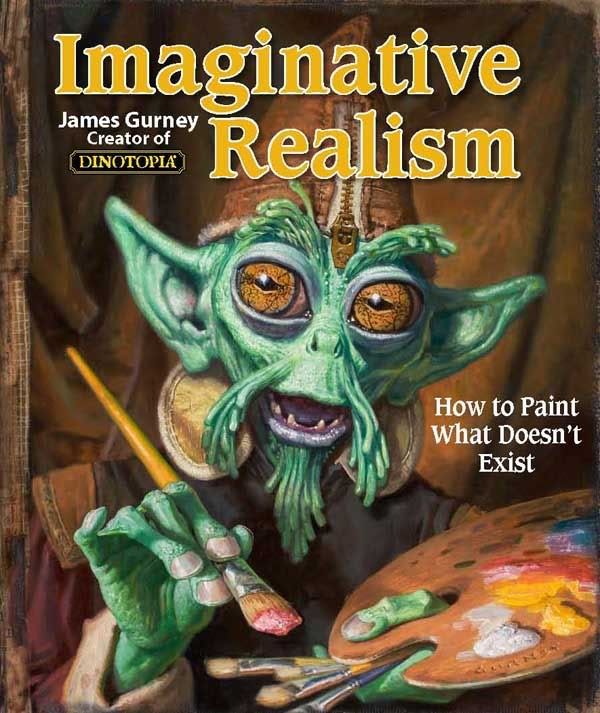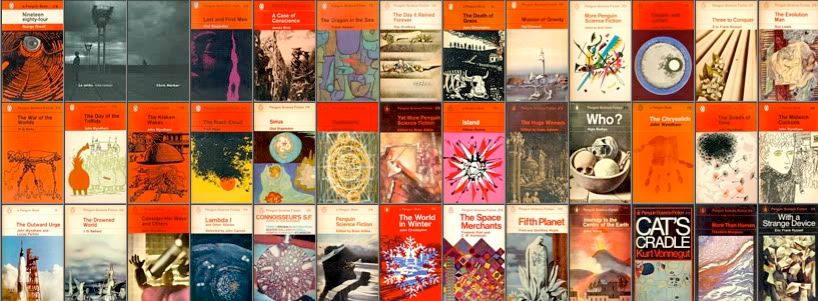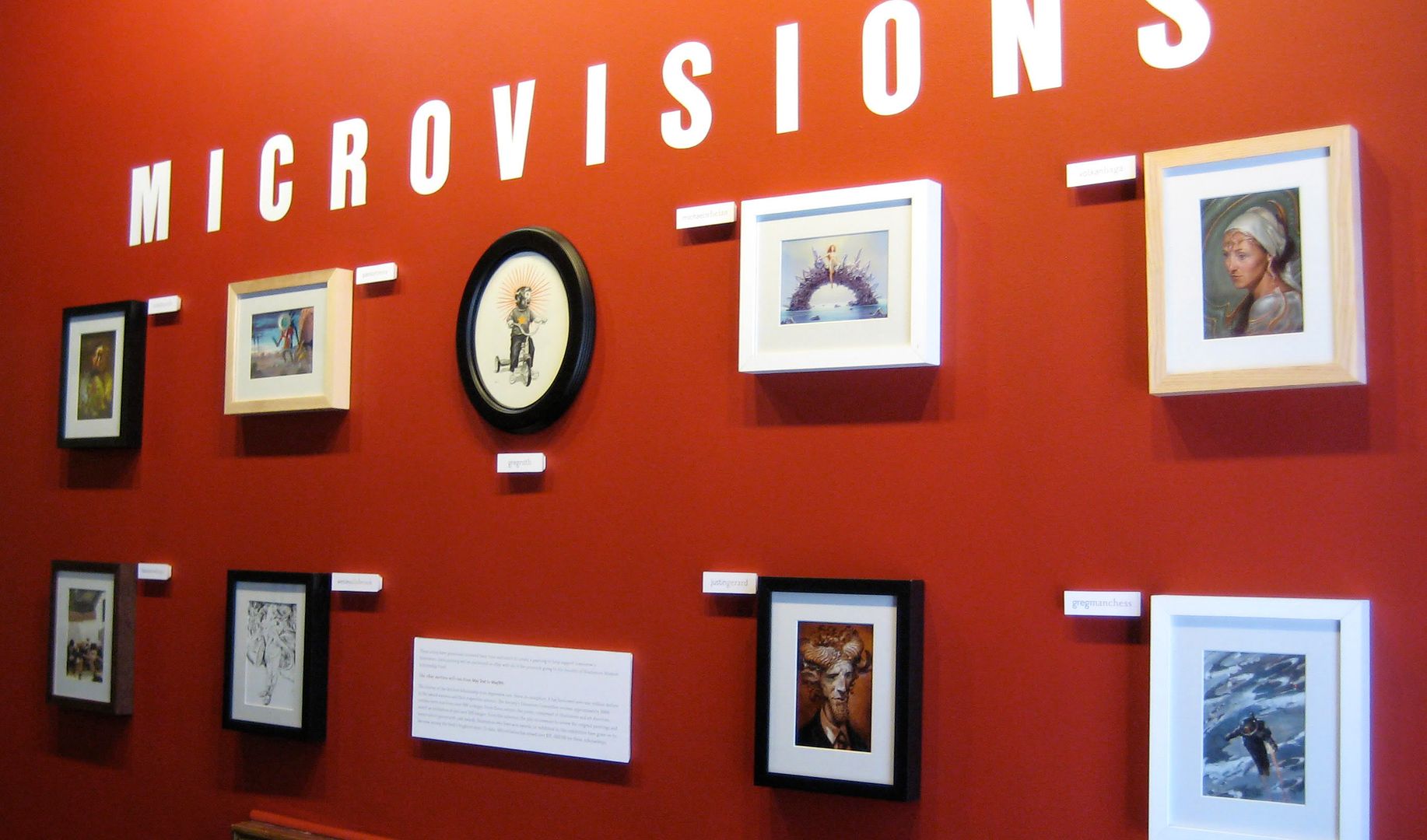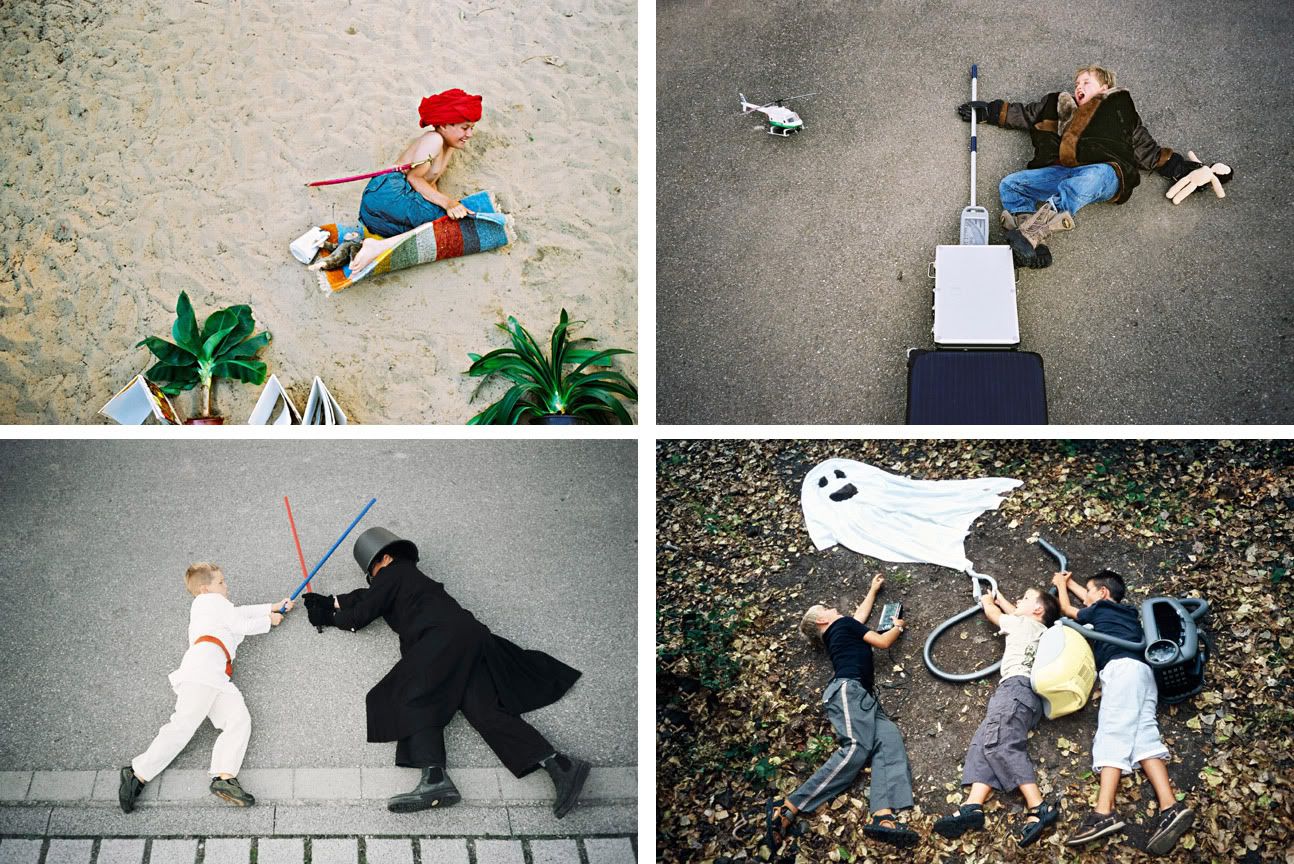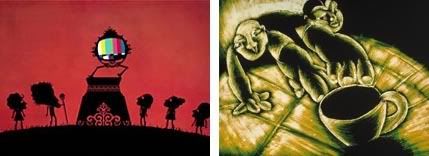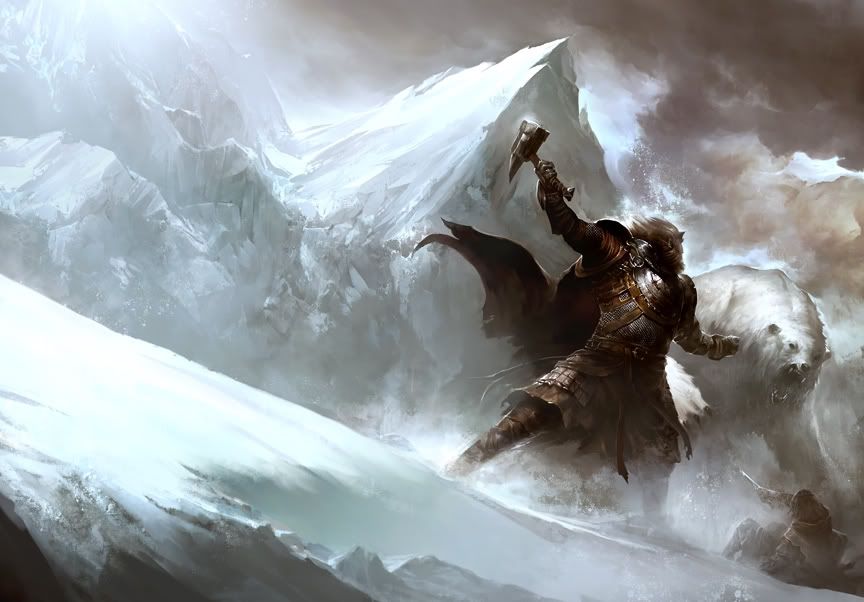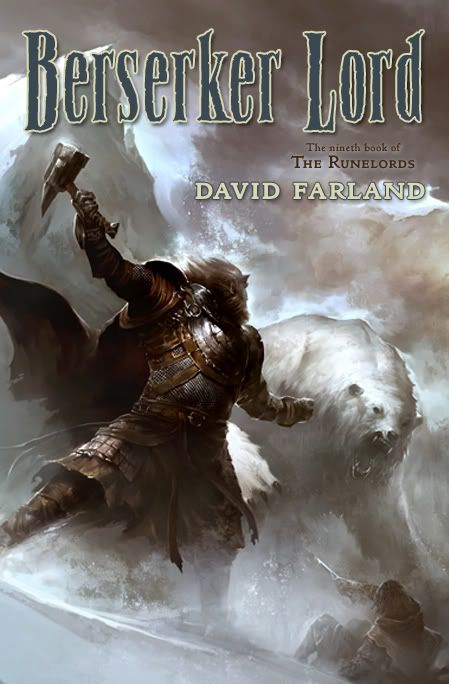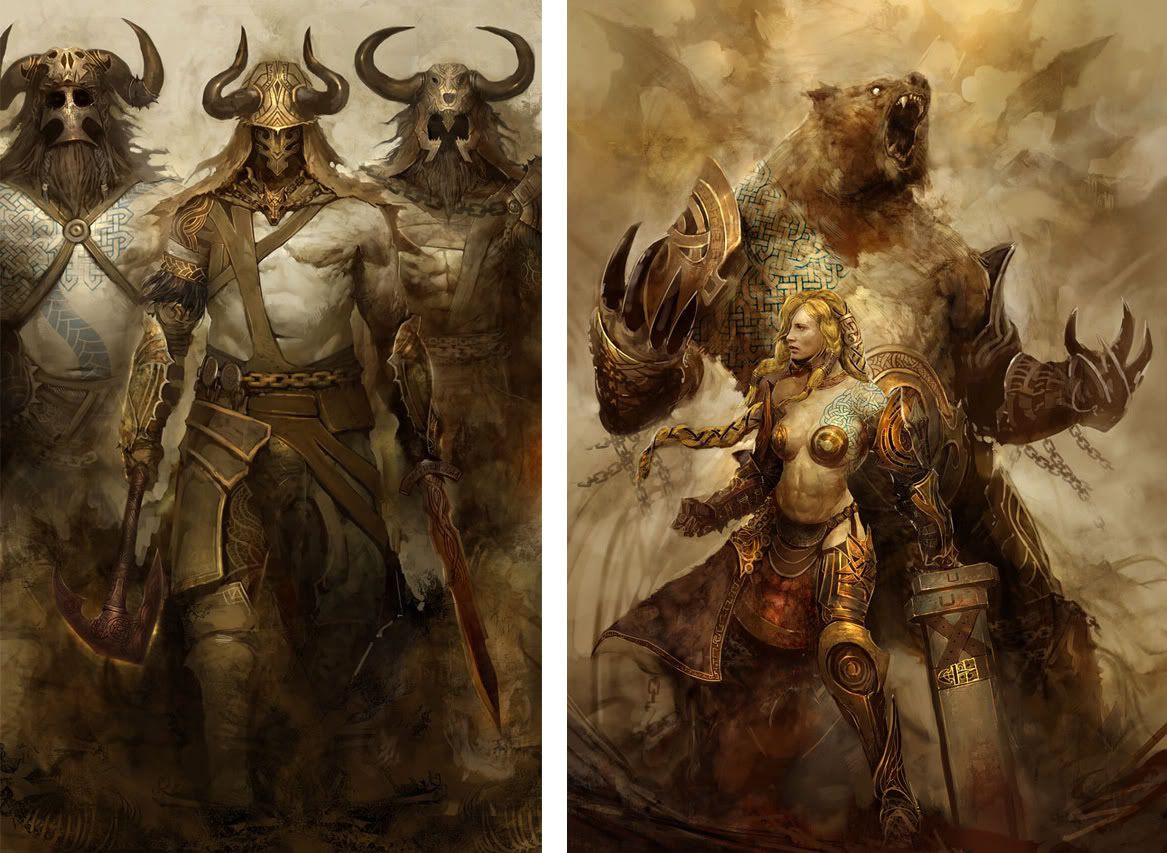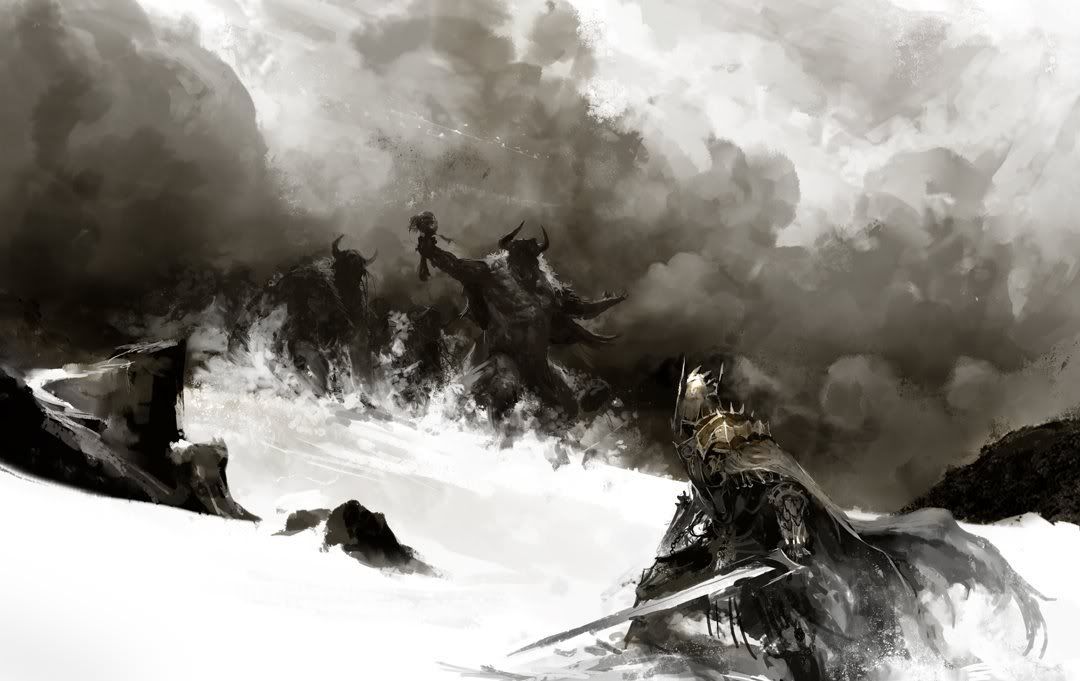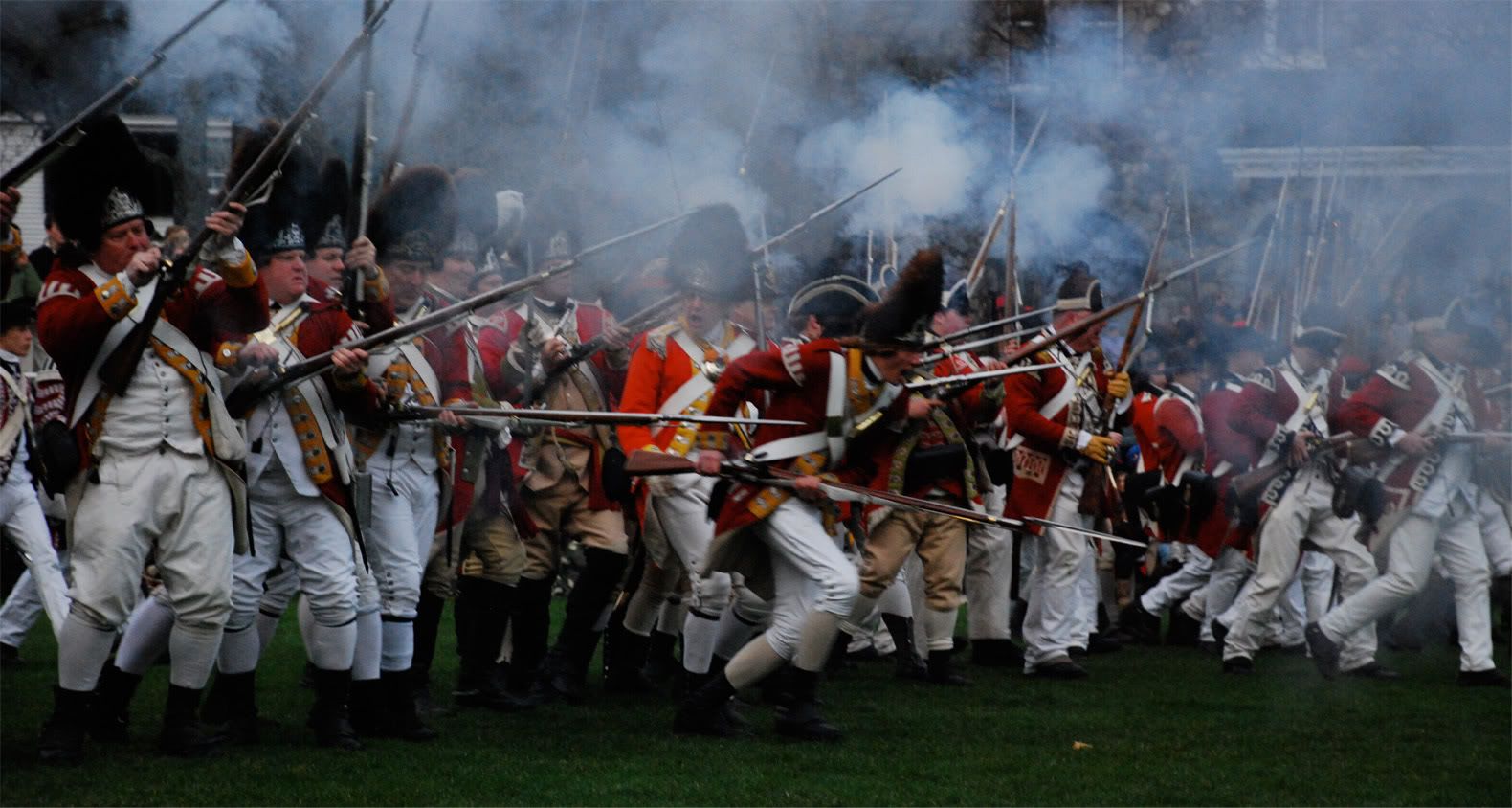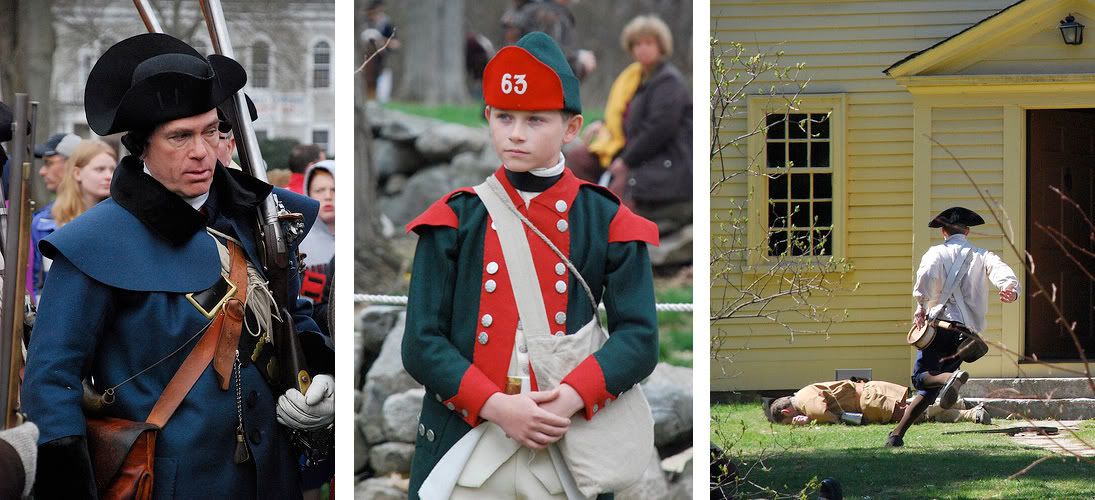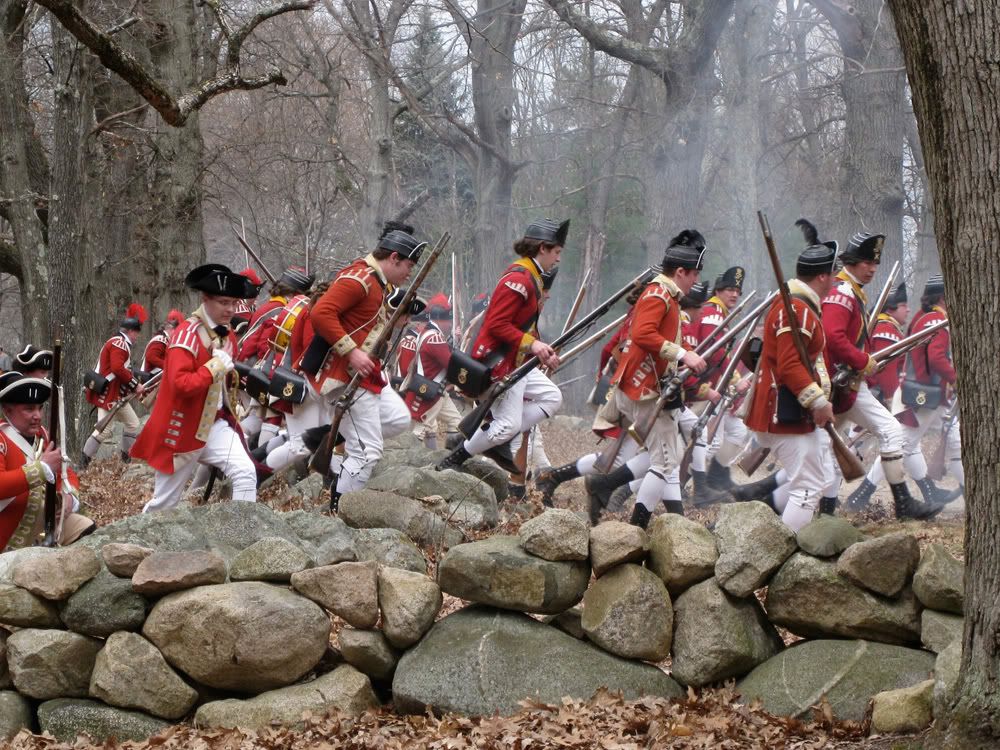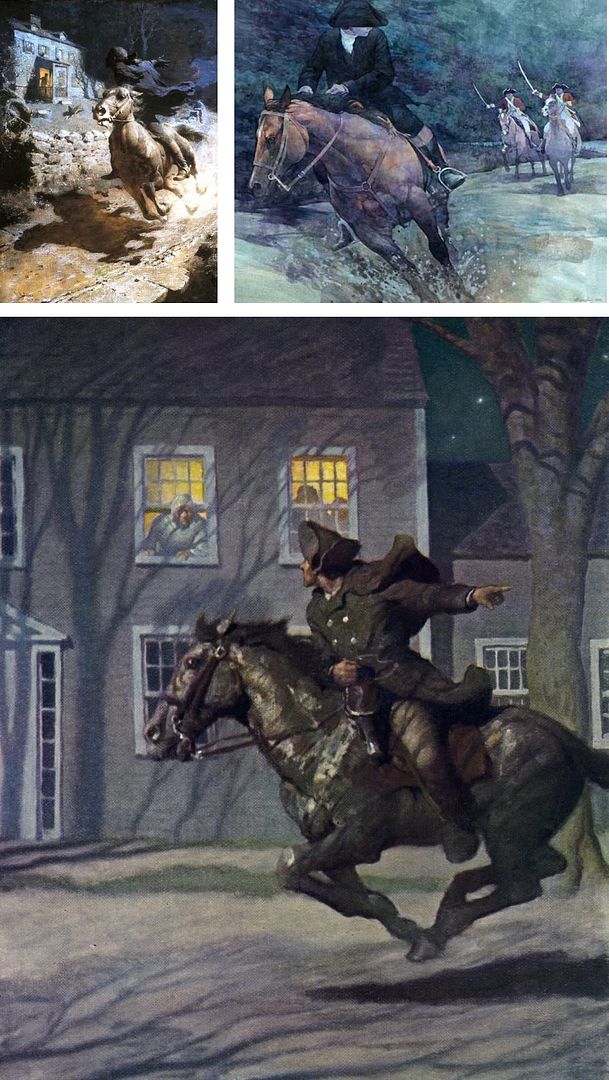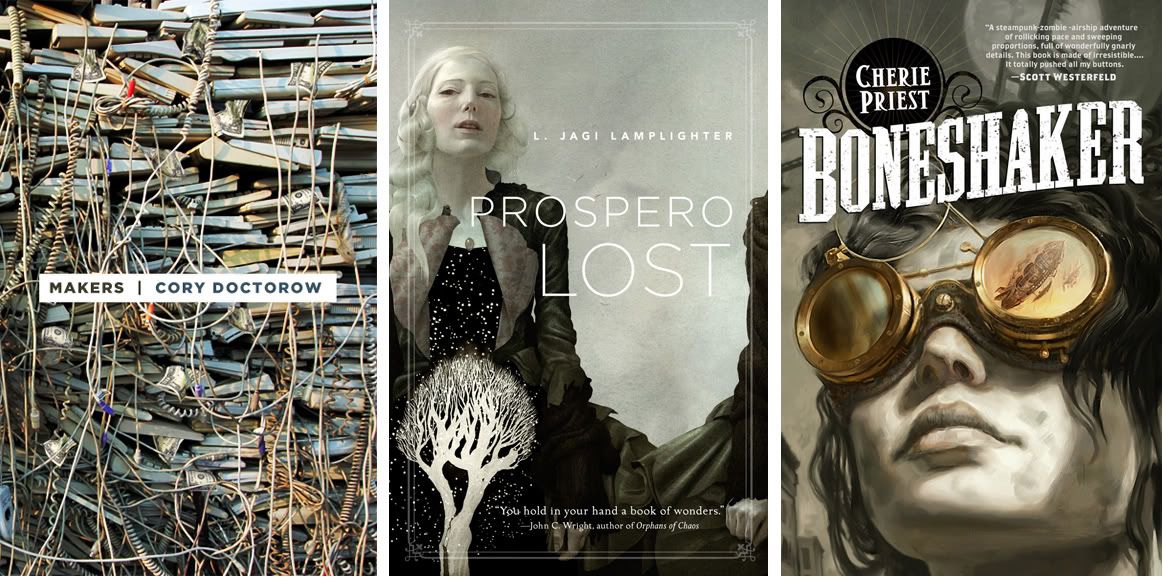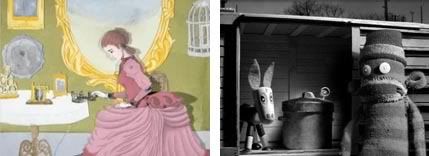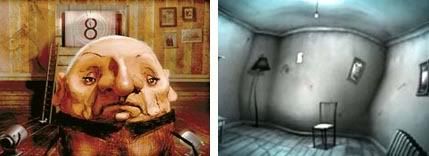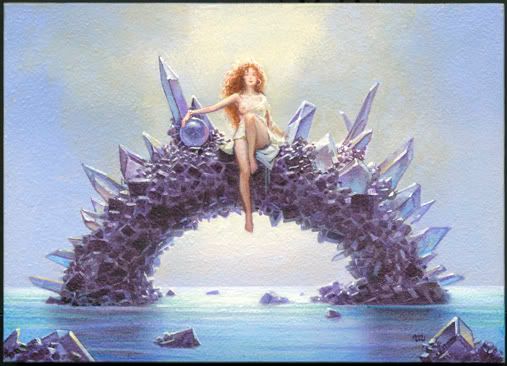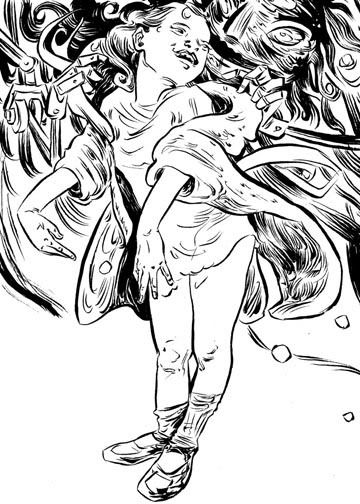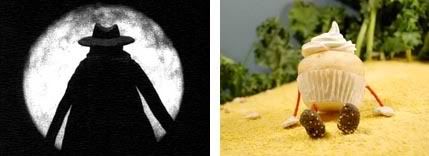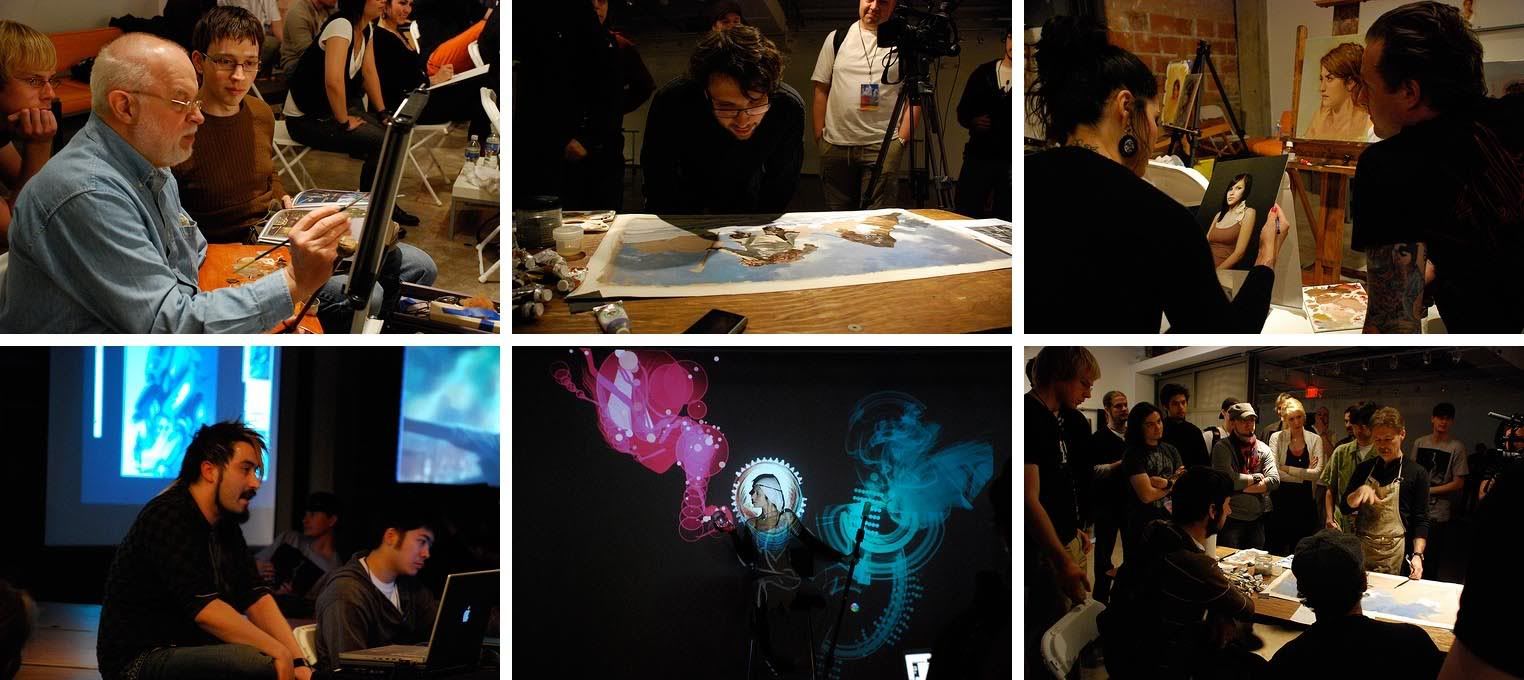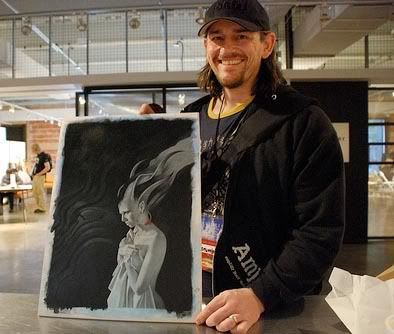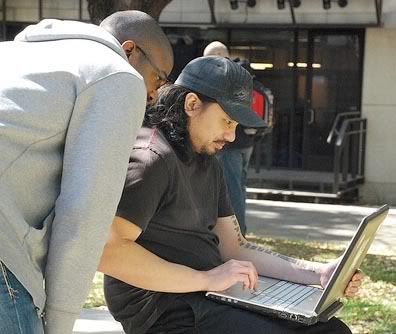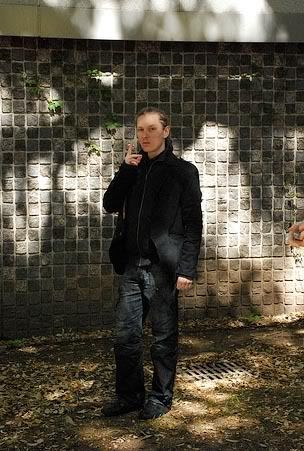
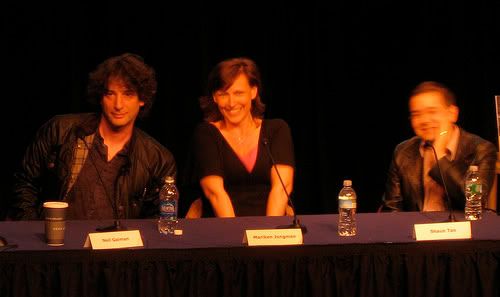
FLICKR SET HERE
So, this was supposed to be highlights from a panel discussion on children's books with Neil Gaiman, Mariken Jongman, and Shaun Tan. I knew it would be a bit Tan-centric, since I am most familiar with his work, but once I started writing it up, it quickly became all Tan.
The other panelists were charming and insightful and funny. (Like when Neil Gaiman remembered his school teachers telling him, "Neil, dear, before you can be eccentric, you really should know where the circle is.") But since this is the Art Department I have the perfect excuse to focus on the only illustrator on the panel.
On childhood:
Shaun Tan mentioned that he grew up in a suburban town that was the perfect blend of idyllic and boring to help foster a vivid imagination. And, that he used drawing as a way to compensate for being the shortest kid in the class.
Influential books:
Shaun mentioned Where the Wild Things Are
He was also read Animal Farm as a young kid -- his mother assumed it was a kid's book.
as a young kid -- his mother assumed it was a kid's book.
Throughout the evening he talked a lot about being most interested in stories that are left somewhat unresolved.
Career Path:
He started as a science fiction illustrator and moved into children's books as a means to broaden his client base.
He started as a science fiction illustrator and moved into children's books as a means to broaden his client base.
He also mentioned creating the picture book The Lost Thing as a means of pulling himself out of the pigeon hole of doing a lot of horror work. (Self initiated projects)
as a means of pulling himself out of the pigeon hole of doing a lot of horror work. (Self initiated projects)
He feels he's hit a "Twilight Zone" between making books that for both for kids and adults.
Style and work:
Shaun talked about stripping stories and images down. Getting a everything down to it's bare bones and letting the child inhabit the story and fill in the details.
He seems to have very vivid memories of being a child and attribute his surrealism to remembering what it's like to live in a world were you can only understand 50% of what is going on.
Shaun talked about stripping stories and images down. Getting a everything down to it's bare bones and letting the child inhabit the story and fill in the details.
He seems to have very vivid memories of being a child and attribute his surrealism to remembering what it's like to live in a world were you can only understand 50% of what is going on.
He said that he used himself and his wife for the models on The Arrival .
.
He talked about spending lot of time struggling with a project, only to have a divergent project take off without trouble.
On hobbies:
When asked what he does when not painting, he replied..."Painting." But instead of fantastical images, he'll paint large scale portraits and town scenes for fun. He said they were very meditative allowed him to take stock in the world around him and observe details.

